Obituary for TRANSGRESSIVE
Group exhibition TRANSGRESSIVE-Non-conformist approaches to the arts and the city, 14.09. to 25.09.2022 at Kühlhaus Berlin.
With Akim, Clemens Behr, Ulrike Bernard, Boris D94, Rafaella Braga, Thomas Bratzke, Markus Butkereit, DIAMONDS, Brad Downey, Larissa Fassler, Anna Fiedler, Carolin Genz, Jürgen Große, Marie Grunwald, Vincent Grunwald, Guerilla Architects, Alice Hauck & Laila Wiens, Anna Herms, Wilhelm Klotzek, Fabian Knecht, Van Bo Le-Mentzel, Jeewi Lee, Mischa Leinkauf, Markus Mai, Thomas Marecki, Kadir Amigo Memiş, Adrian Nabi, Jana Sophia Nolle, Pigenius Cave, POLIGONAL, Katya Quel, Thomias L. Radin, Susi Rosenbohm, Sandra Rummler, Christian Schellenberger, Gabi Schillig, Osif Seiksuh, Diana Sirianni, Ronny Sonnenberg, Studio Alibi, Birgit Szepanski, The WA, Katharina Trudzinski, Aylin Yildirim Tschoepe, Raul Walch, Daniel Weissbach, Eric Winkler, Jazoo Yang.
An interview with the curator Lukas Feireiss
The thematic exhibition Transgressive, which you curated at Kühlhaus Berlin and that was funded by HKF, took place during Berlin Art Week and was very well attended at the opening. Do you know how many visitors came in total?
Yes, exactly. The interest was enormous. I was particularly pleased with the mix of the audience, which represented a fairly realistic cross-section of our society. Everybody met there. Very different generations – from families with children, young people and students, to curious senior citizens. The international art and architecture scene was represented, as well as the local graffiti scene. People who are usually not necessarily at the same event. We had only 8 days open to the public. In this short time, we counted over 6,000 visitors.
Can you tell us how and when the idea for it came about and how the project developed or even changed until the set up?
The idea for the exhibition has been with me for a long time. In the beginning, my focus was exclusively on the examination of a generation of Berlin artists who had a significant impact on the cityscape of Berlin in the early 2000s through their clandestine works in public space. In other words, artists who originally came from the urban practice of graffiti, but who have since positioned themselves in the field of established visual art, architecture, and photography. In the course of the further development of the exhibition, however, my field of investigation has expanded enormously – to include quite different transgressive practices in Berlin’s built environment that no longer necessarily find their origin in graffiti.
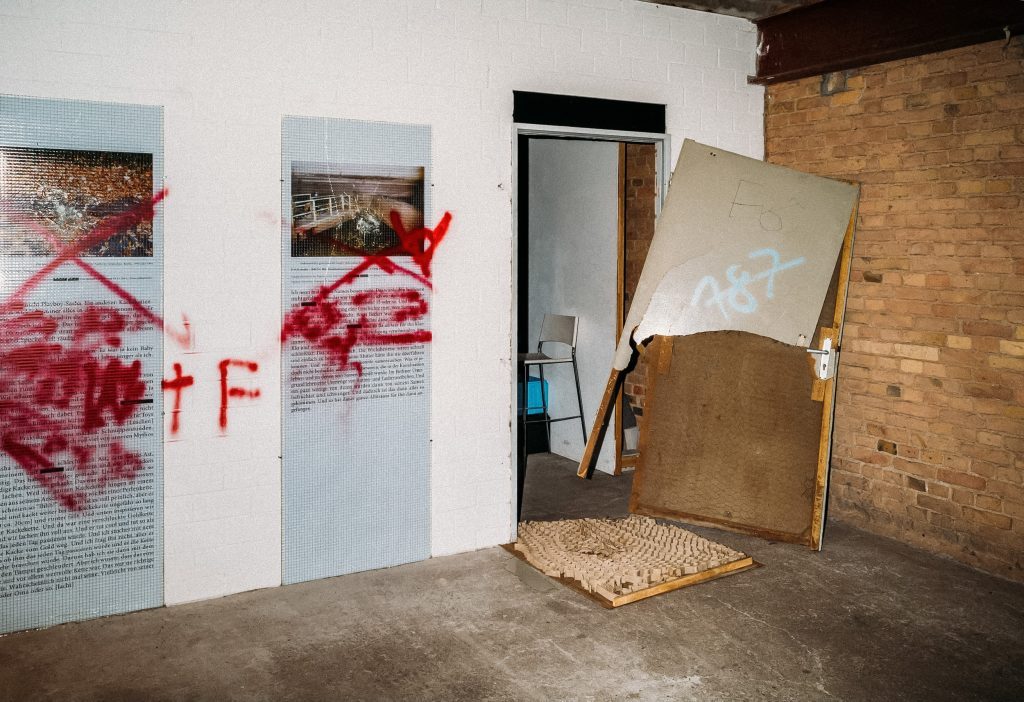
TRANSGRESSIVE was dedicated to diverse positions of contemporary international cultural workers and artists from Berlin, who are characterized by a cross-border approach to art and the city. What do you mean by a cross-border approach to art?
What all participants have in common – whether they come from visual arts, architecture, photography, film, or anthropology – is that they consistently question existing disciplinary and urban-spatial boundaries in their working methods: between public and private, authorized and unauthorized, legal and illegal, high and low culture.
What all participants have in common is a self-determined and subversive approach to urban space. From graffiti to cruising and queer spaces within the city, from temporary architectures to forms of social activism, many of the works shown here find their origin in often unauthorized and sometimes even illegal urban practices. What is meant here by queer spaces?
This means, for example, the project Queering Common Space Archive initiated by the Berlin office for urban mediation POLIGONAL. A living archive that records the joys and struggles of queerness and celebrates the spaces that produce it – in demarcation from societal cisgender heteronormativity. Every narrative, encounter, experience, form of resistance, or performative action counts here – small or large, daily or extraordinary.
The participating actors from the visual and performing arts, architecture, and urban research present – in such diverse media as painting, collage, sculpture, installation, film, photography, and performance – diverse varieties of anti-disciplinary urban space development. They all enter into close connections with the city in their creative process, allowing the city to appear as the starting point of their works. How many participants were there in total?
I started with a good dozen. In the end, however, there were 48 different positions represented in the exhibition. More than half of the participants are native Berliners from East and West – which is now a real uniqueness – but all at least live in Berlin. This Berlin connection was very important to me.
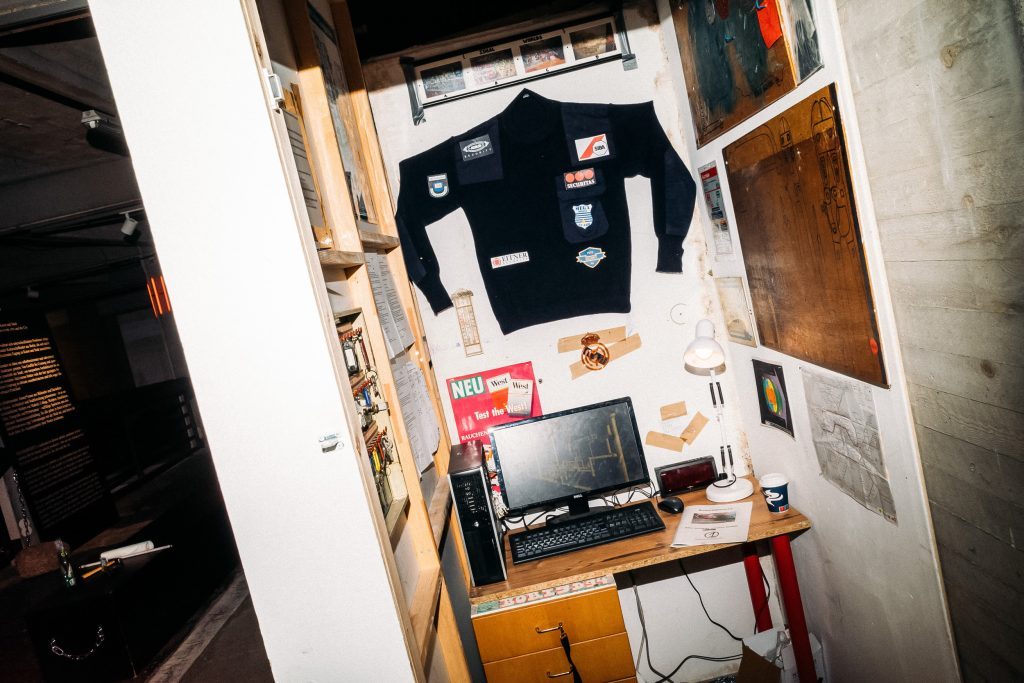
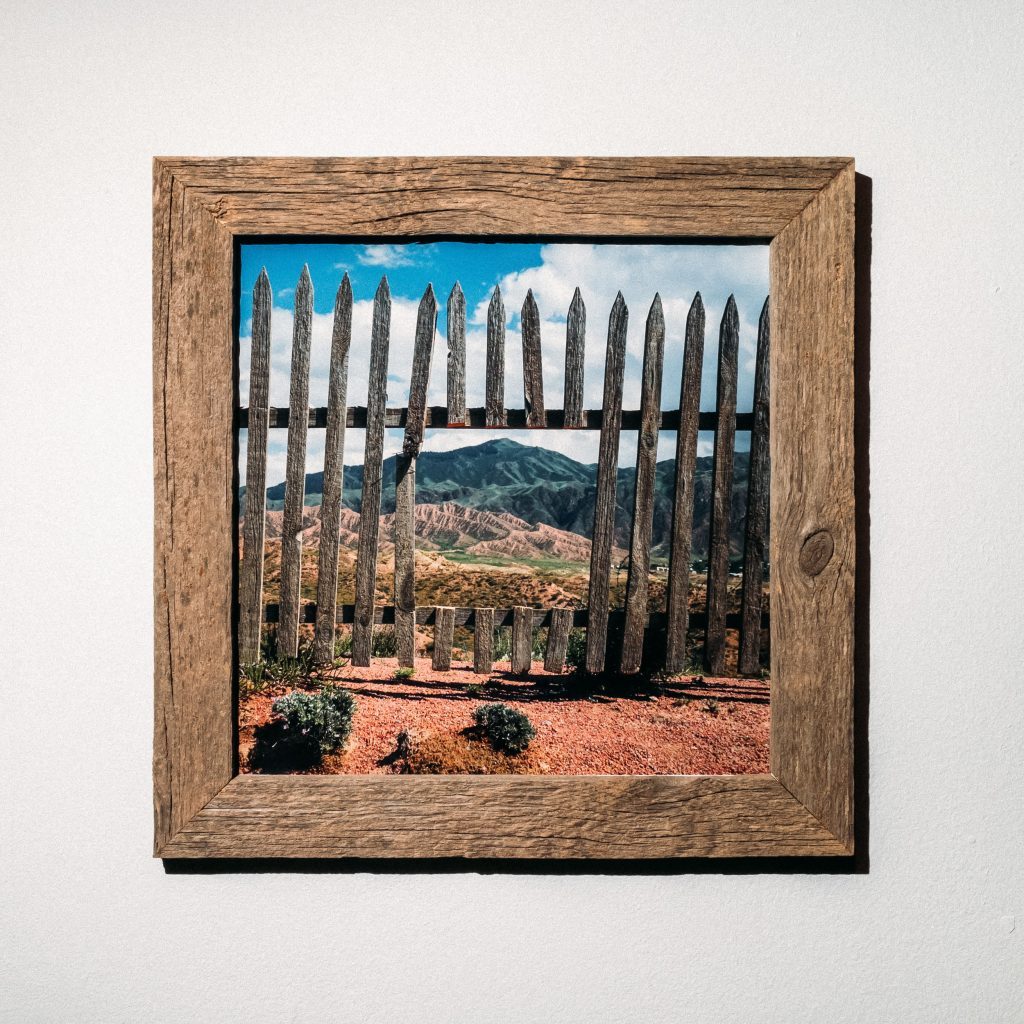
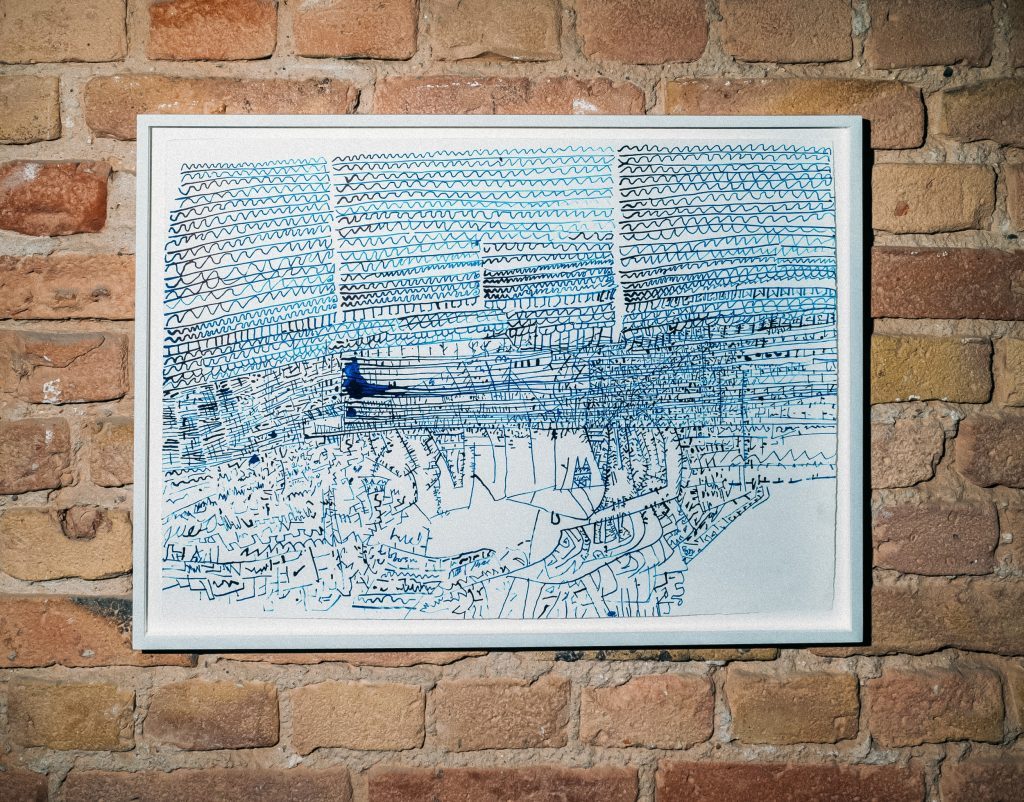
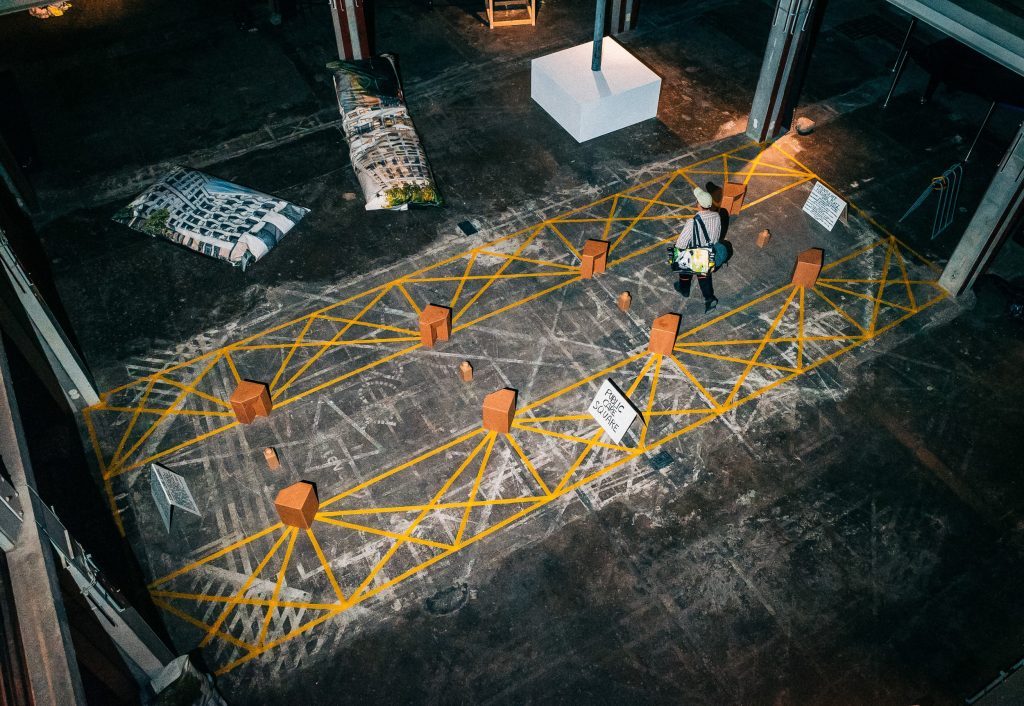
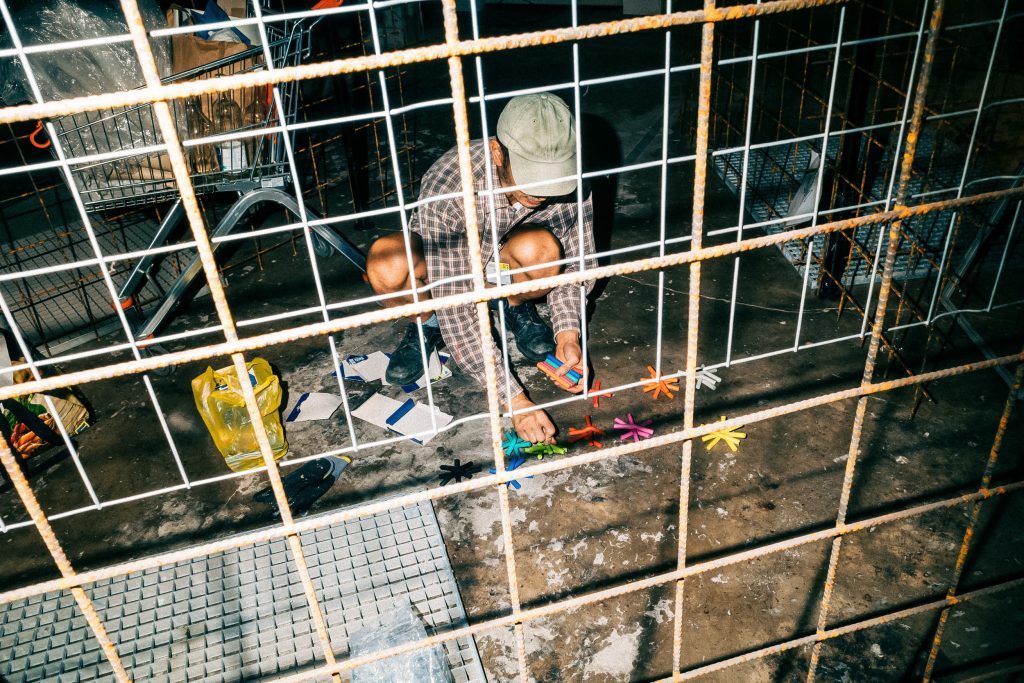
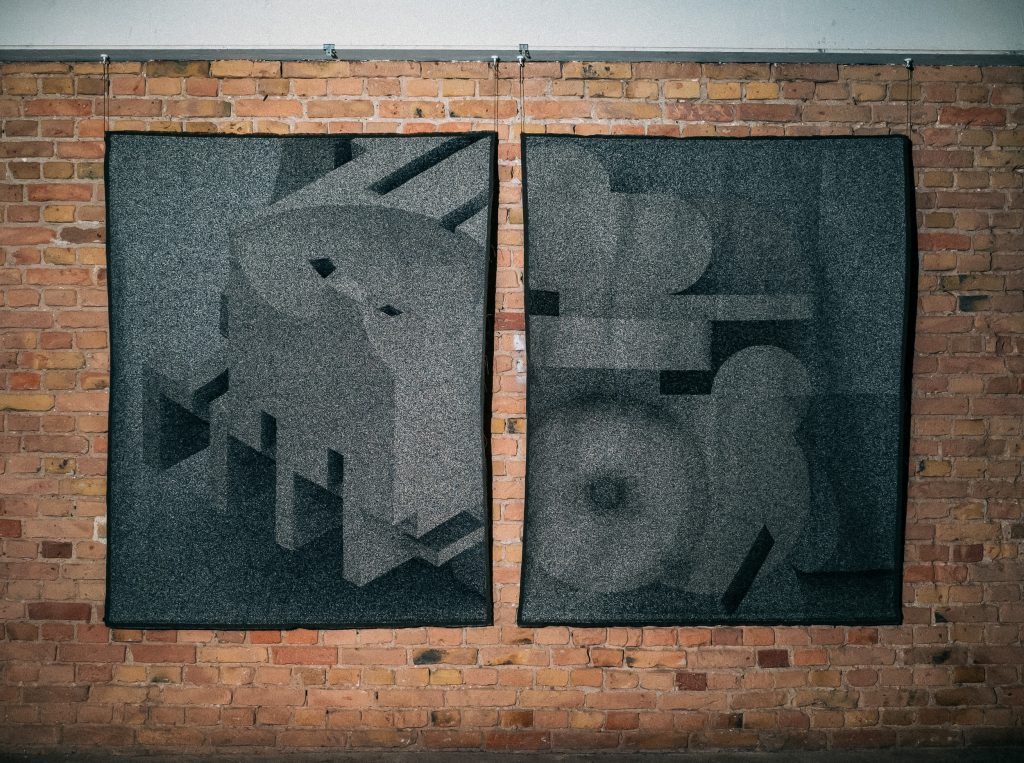
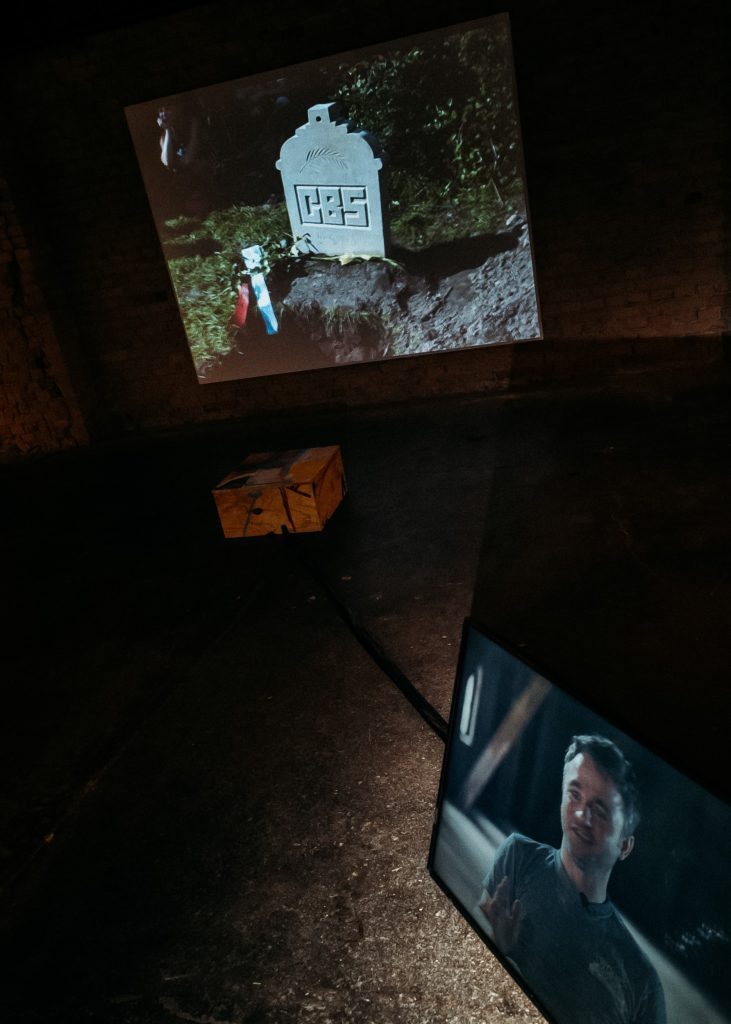
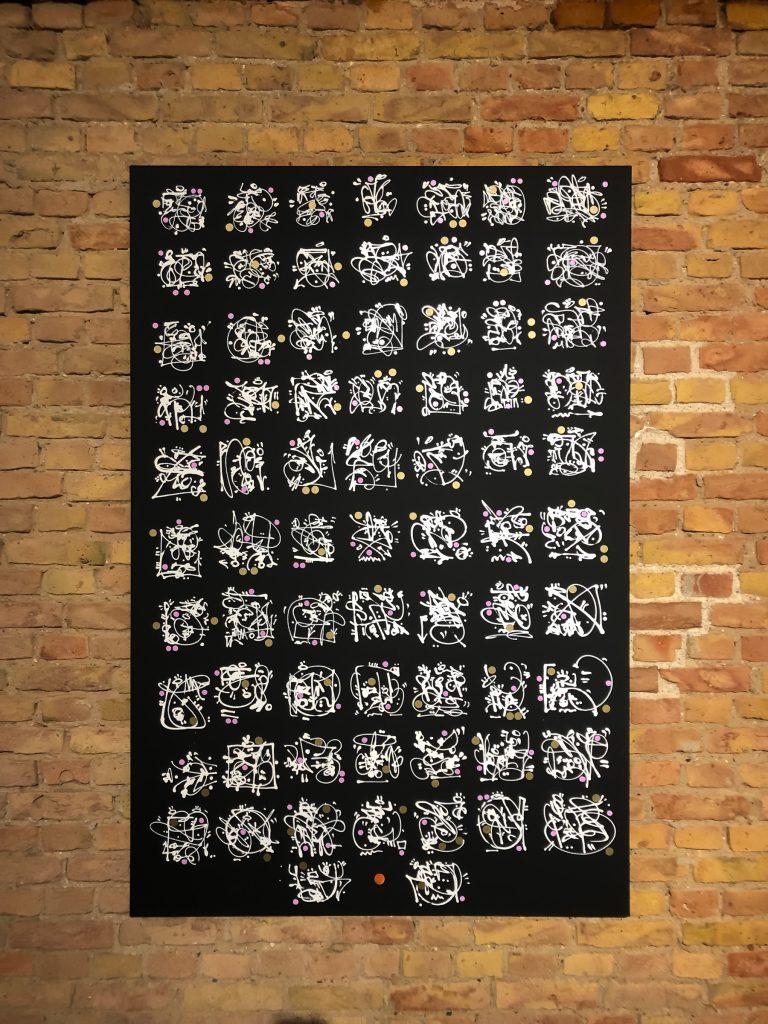
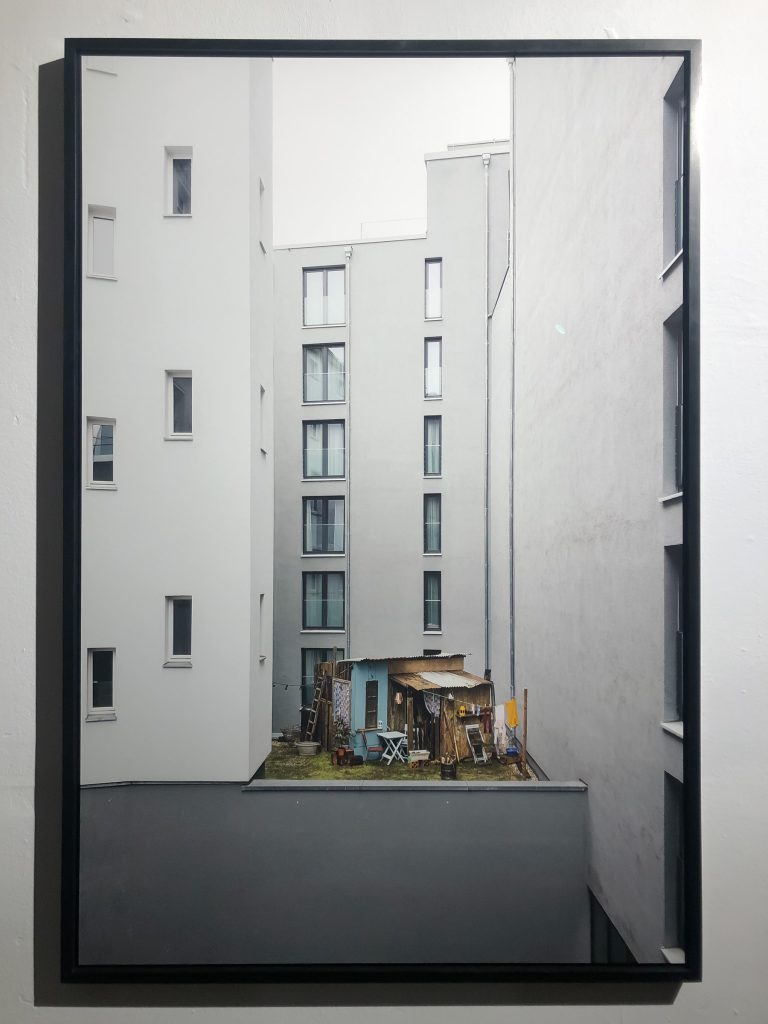
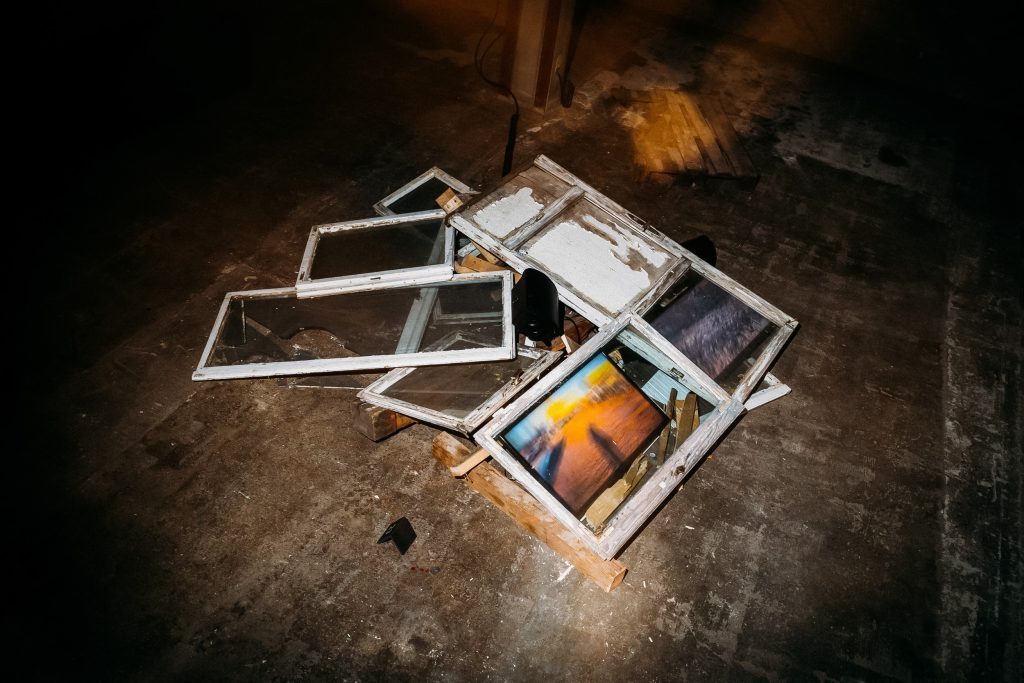
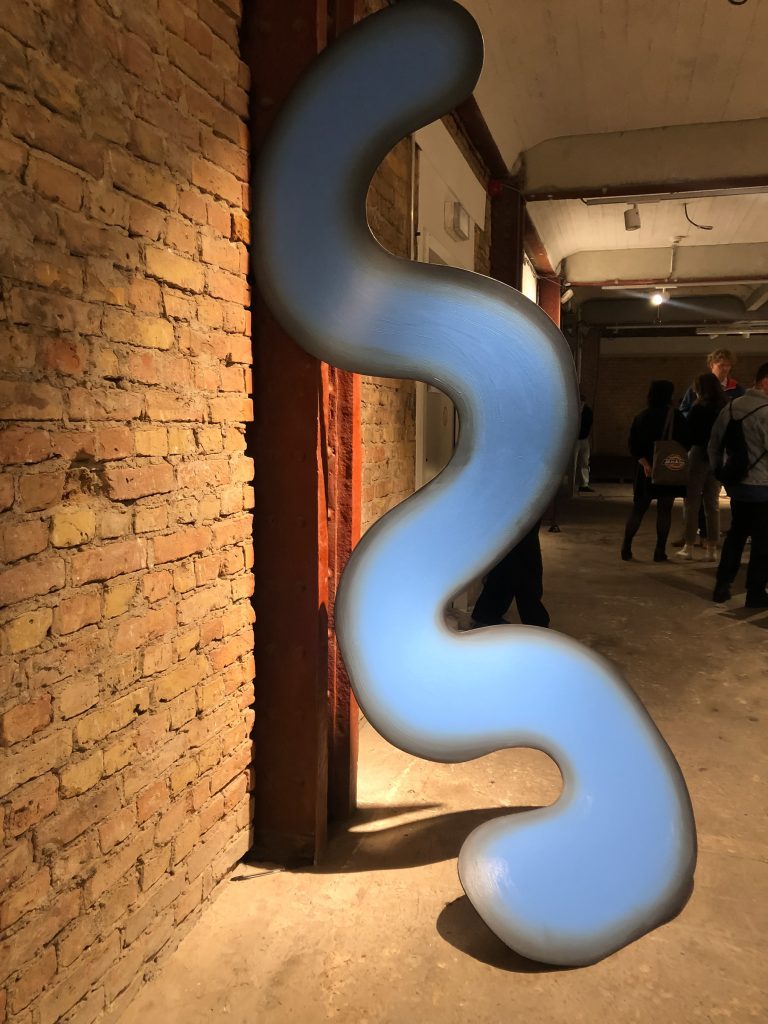
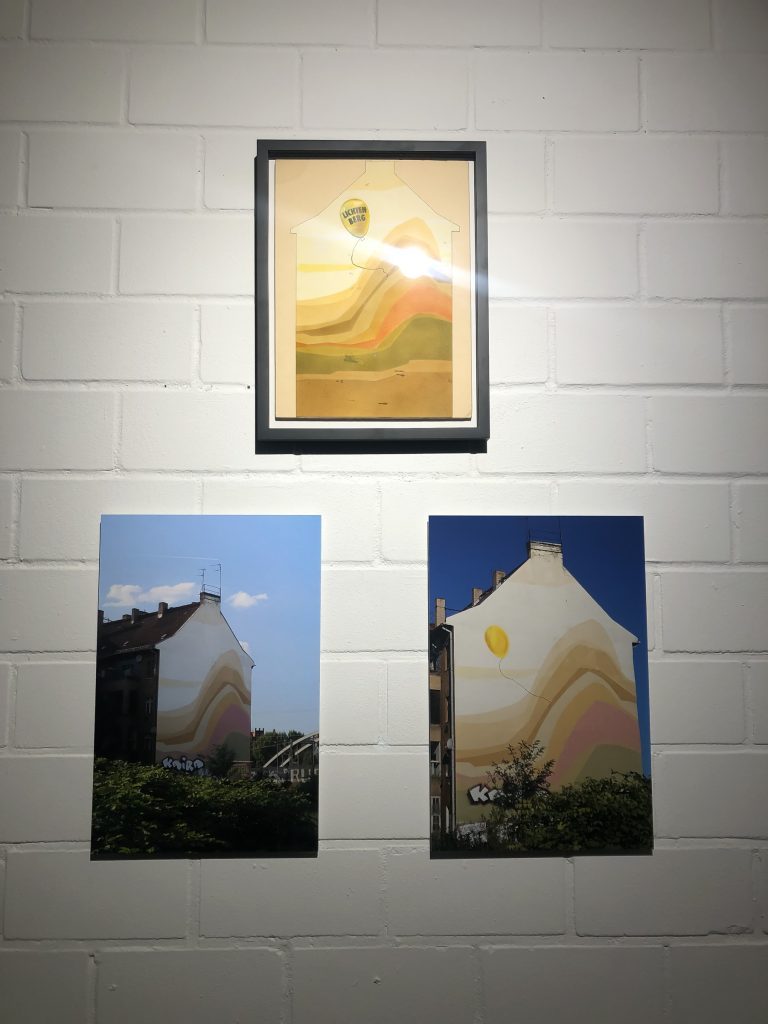
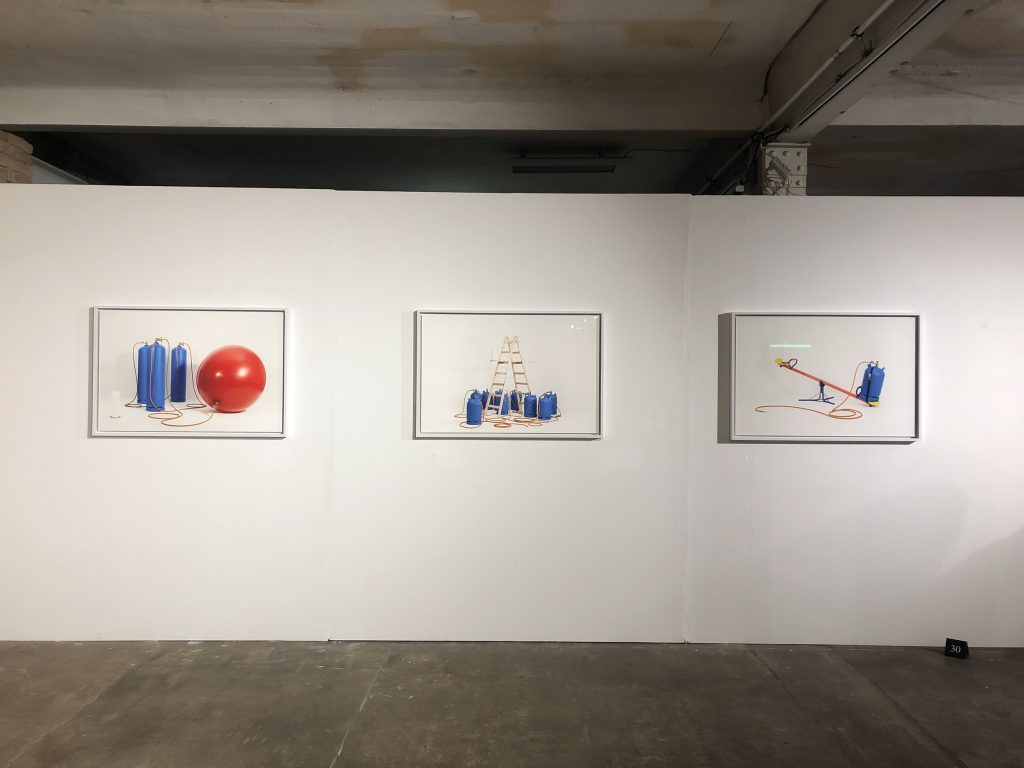
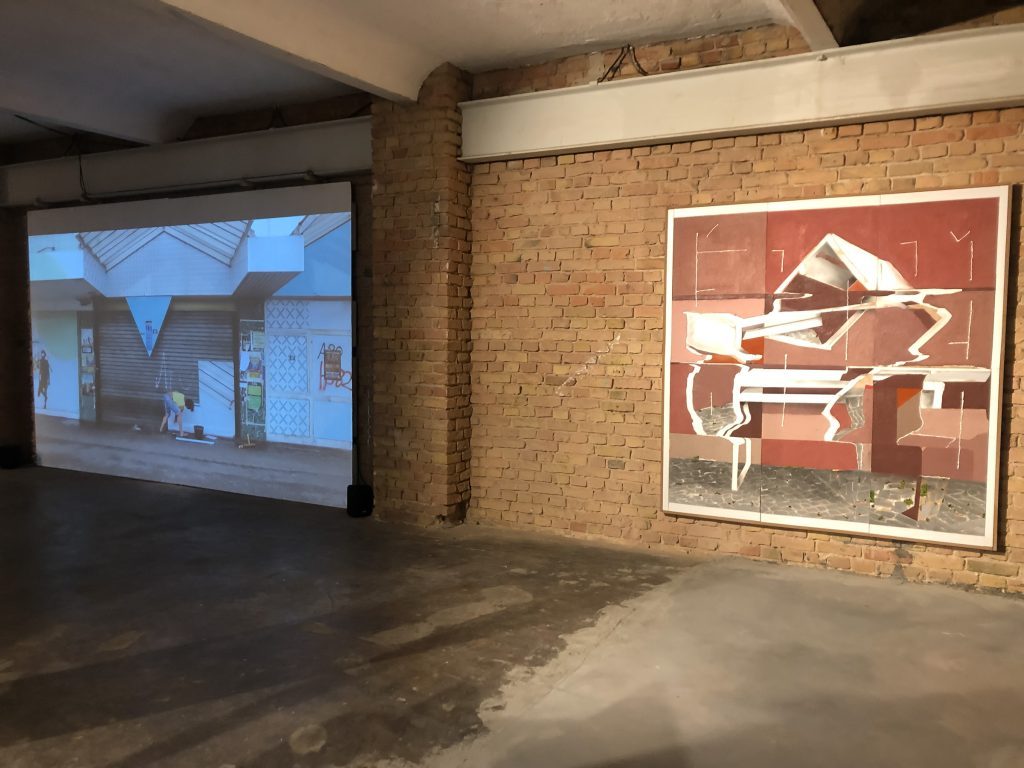
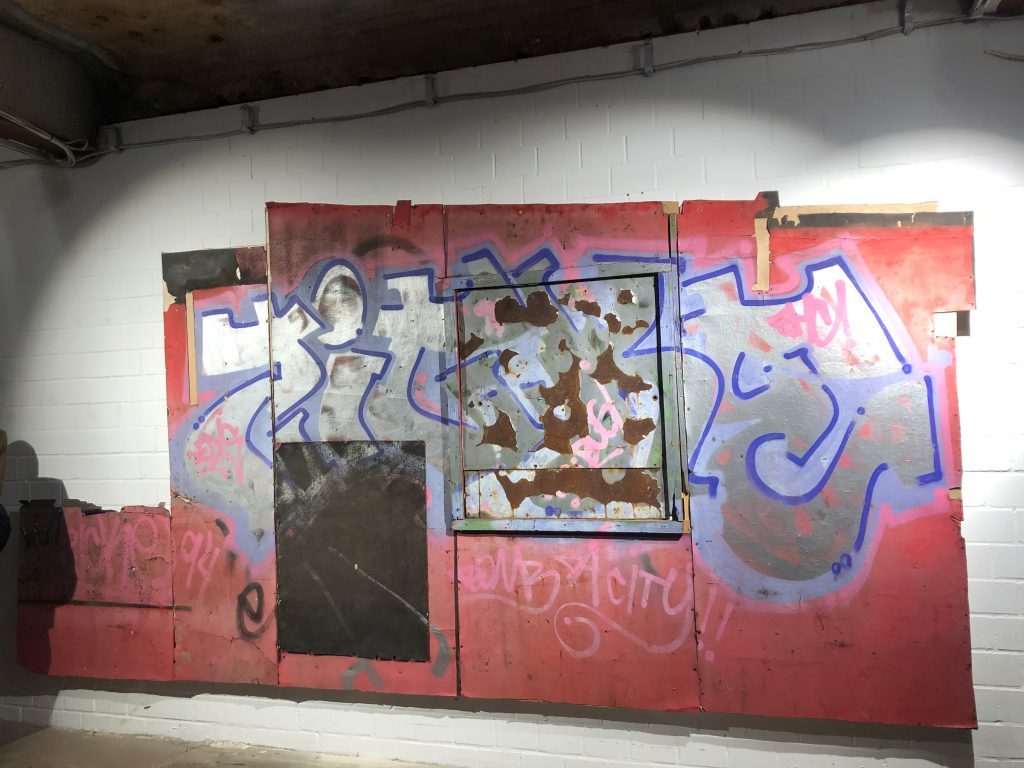
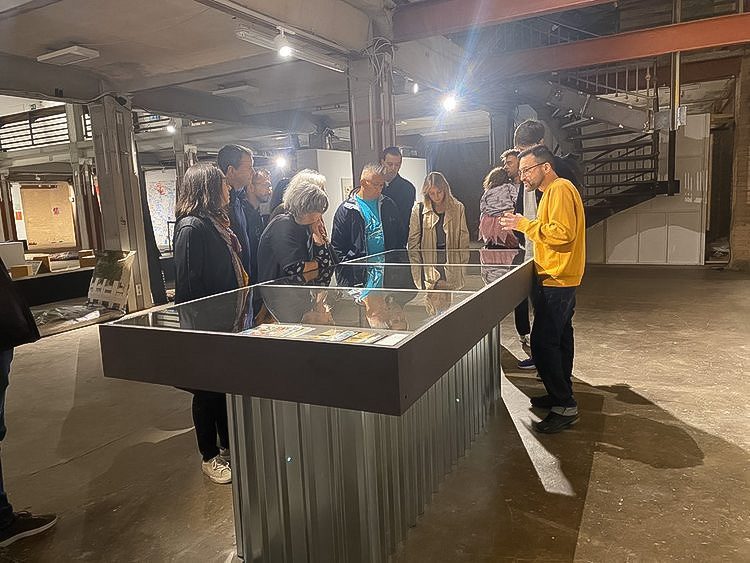
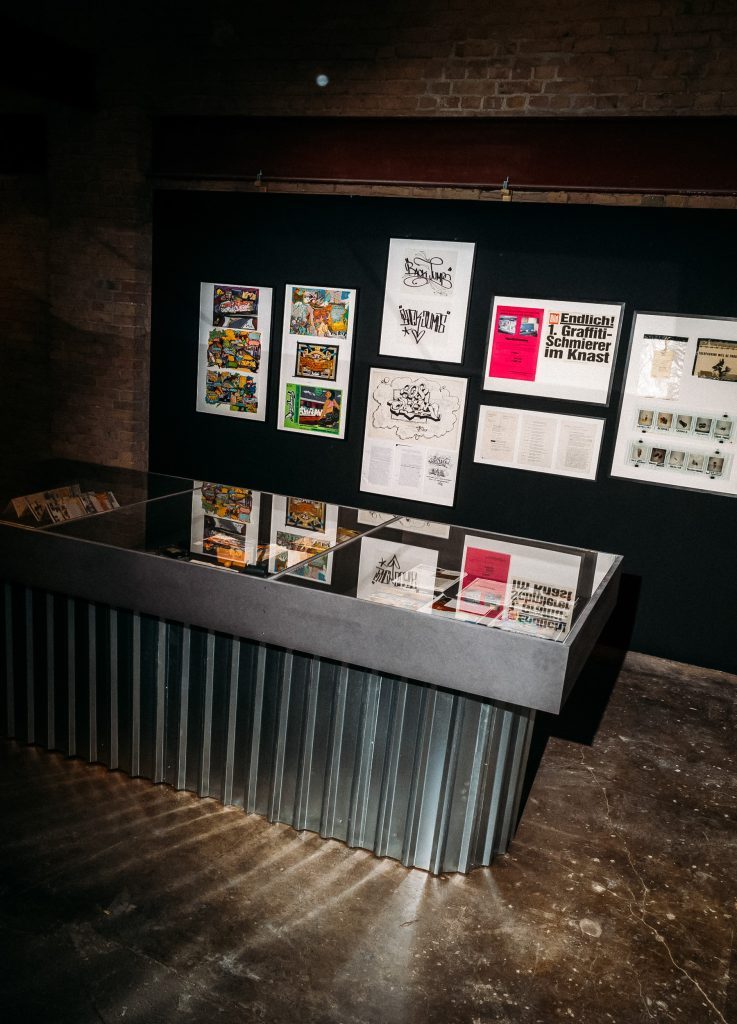
How did you work concerning the selection of artists and the choice of works?
For me, the curatorial process is always a mixture of planning and chance. As with all my other projects – be they exhibitions, symposia, teaching events, publications, or whatever – the process begins first and foremost with my personal interest in a subject matter. Then the research begins. In the next step, I seek out conversations with a wide variety of people, and so the radius of the points of reference continually expands. This was also the case with this exhibition. In addition, TRANSGRESSIVE is also a very personal project for me, since I was active as well in the Berlin graffiti scene in the 1990s, and my work to this day is influenced in quite different ways by this artistic exploration of public space. Some of the participants I have known for almost thirty years, others I only got to know in the context of the exhibition.
For the selection of works I already have an idea and desire in advance, but in the end I always decide it in conversation with the artists. I have met with all of them several times. We also chose the right place for the works together on site. It is very important to me to understand the development of an exhibition as a joint process in which the participants also take part.
Were you missing certain positions that you would have liked to have included?
I am satisfied with the exhibition exactly as it came together. Of course, there is always something missing. Here, too. But that is also good. Otherwise, there would be nothing left to do in the future.
What is meant by anti-disciplinary urban space development?
By “anti-disciplinary” I mean, on the one hand, a self-determined approach to our built environment that does not fit into a traditional discipline or moves outside the boundaries of traditional disciplines. But by “anti-disciplinary” I also mean an undisciplined and disciplineless approach that questions existing rules and norms.
The video work by Brad Downey, for example, was very surprising. Brad Downey has dealt so much with urban space and played with it, and here a work was shown that deals with land art. Why this choice?
Yes, that’s true. At the same time, the work by Brad Downey that you mentioned, and which was presented for the first time in an exhibition, is probably one of the most explicitly transgressive in the exhibition. In the film installation Seeds, Mud, Wood, Plastic, Salt Crystals, Kerosene, Rocks, Water, Downey transgresses not only artistic boundaries but quite literally the boundaries of an artwork. We witness here how he – with the materials mentioned in the title of the work – intervenes quite concretely in an existing work of art: the Spiral Jetty, a 460-meter-long earth sculpture erected in 1970 by the American sculptor Robert Smithson on the shore of the Great Salt Lake in Utah, USA, and probably one of the most famous works of Land Art ever.
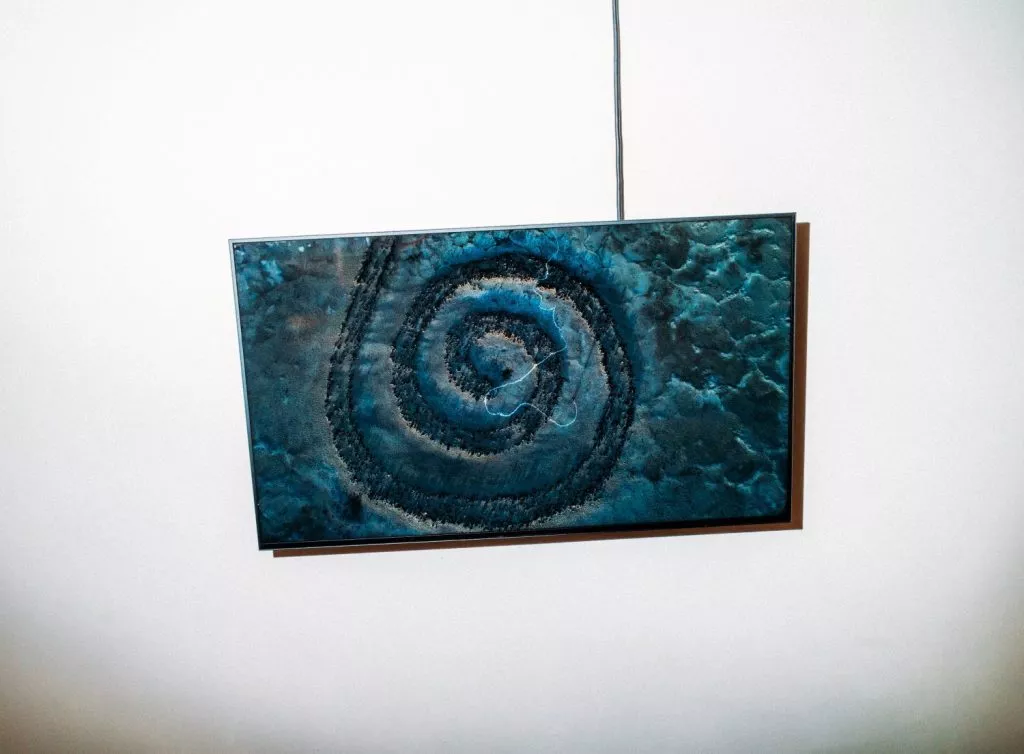
Can you tell us how the TRANSGRESSIVE APPROACHES IN ART AND ACADEMIA symposium went, what the main focus were, what was most interesting to discuss, and what came out of it for you?
Since I have been passionately involved in teaching at universities world-wide for two decades and currently have a professorship for transdisciplinary artistic education at the Berlin University of the Arts, it was very important to me to use the symposium to deepen and broaden the content of the perspectives represented in the exhibition and to explore nonconformist formats of artistic and academic teaching. Included were very different approaches at the intersection of art, architecture, design, and ethnography. All were cross-disciplinary attempts to combine methodological approaches, theoretical concepts, and creative research methods to address the complexity of our global reality.
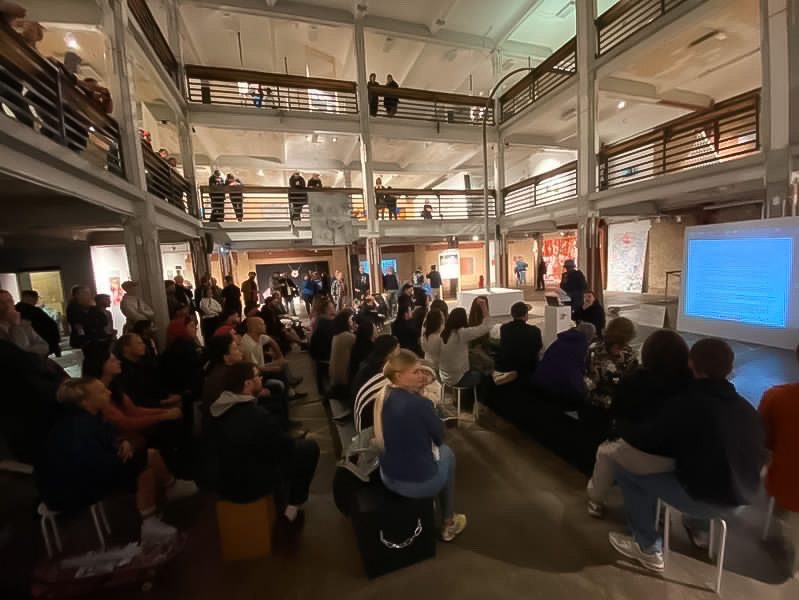
And how was the MEMORIAL: THE ART OF MEMORIAL: DEATH AND FORGIVENESS IN GRAFFITI CULTURE? Why this celebration in this setting, and what exactly did the program consist of?
The commemoration organized by Adrian Nabi and Kulturelle Erben e.V. was, like the symposium, part of an extensive program of lectures, discussions and performances that made the exhibition a place of participation and reflection, of contradictions and tensions. There was also a book fair under the name WRITER’S CORNER, which enabled participating artists and Berlin-based small publishers to present their books, catalogs, editions, magazines and zines and to establish publishing as an artistic practice. The commemorative event in question, however, was dedicated to the legacy of deceased Berlin graffiti sprayers – in particular ROSE, RUZD79, ODEM and TAGNO – and initiated the development of a global archive of oral histories of contemporary witnesses. The event featured a variety of speeches, a review of old archival material, a screening of new films, and a musical and dance performance. It was a very special day.
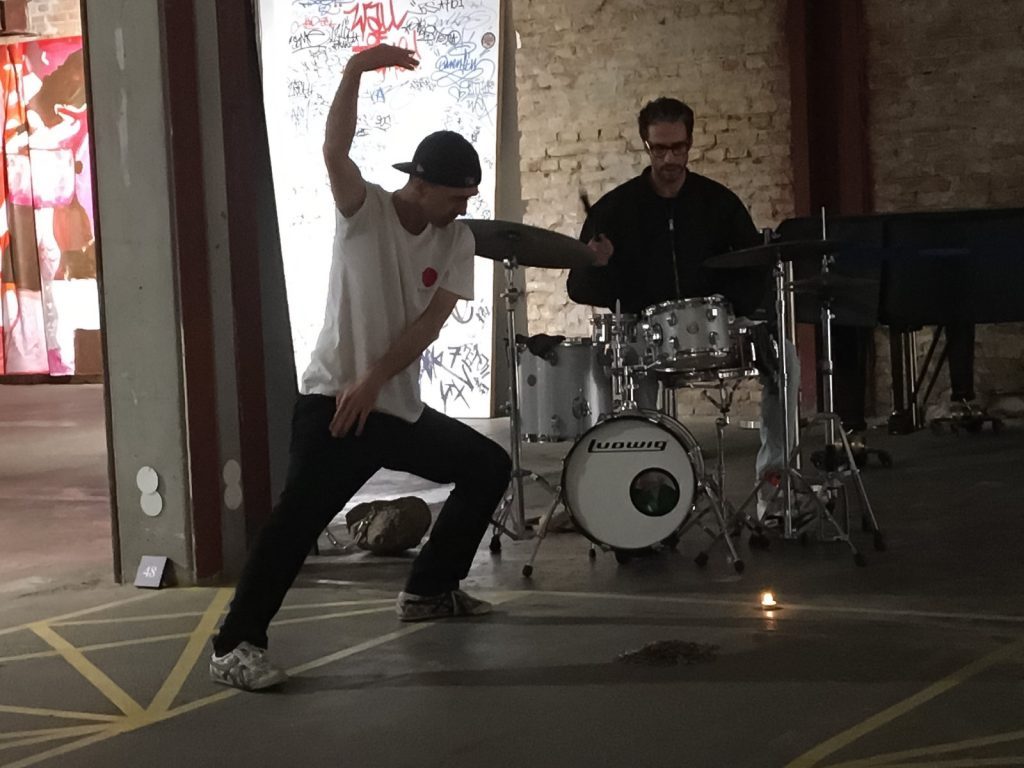
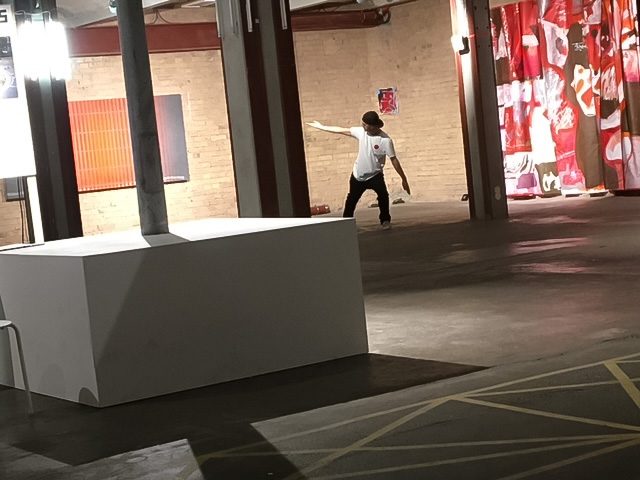
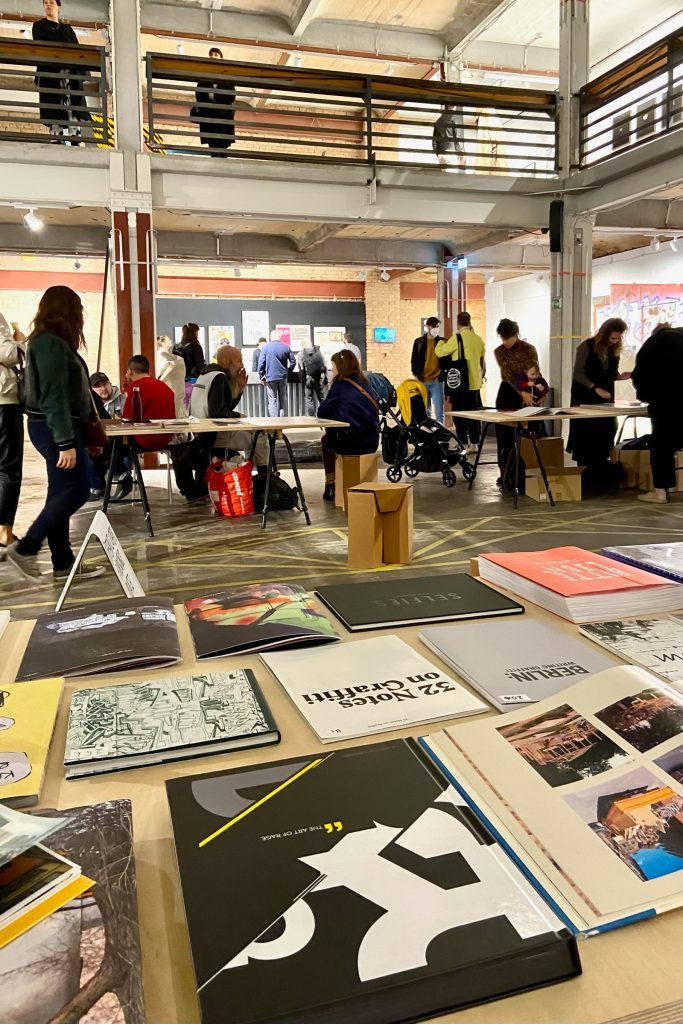
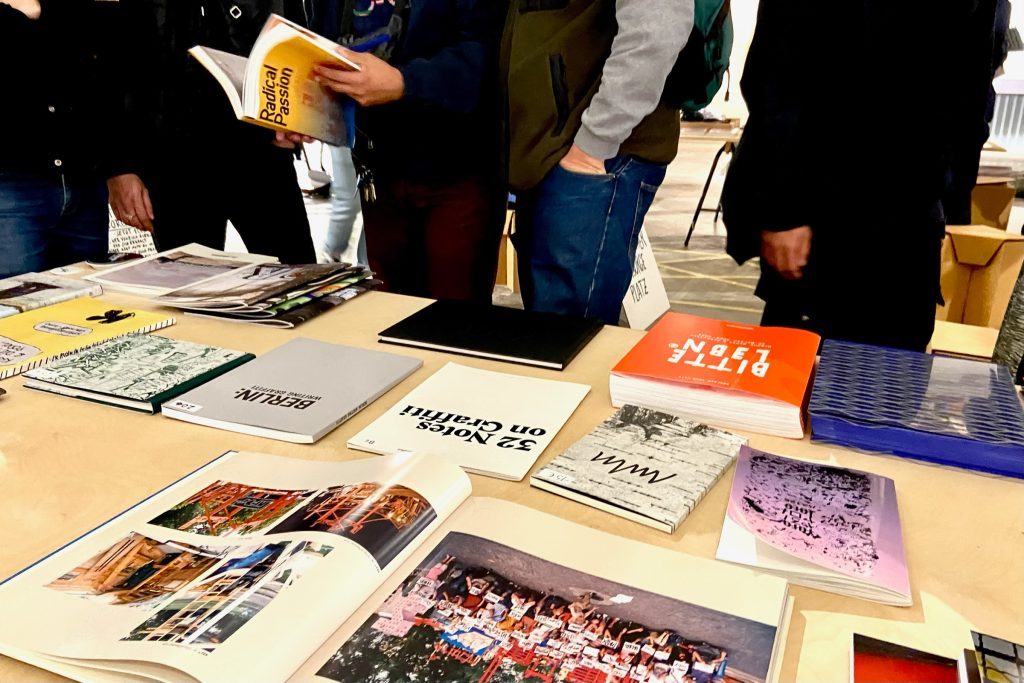
If you were to do this exhibition again, what would you do differently?
I would have liked to plan a longer runtime and request a budget for an accompanying catalog.
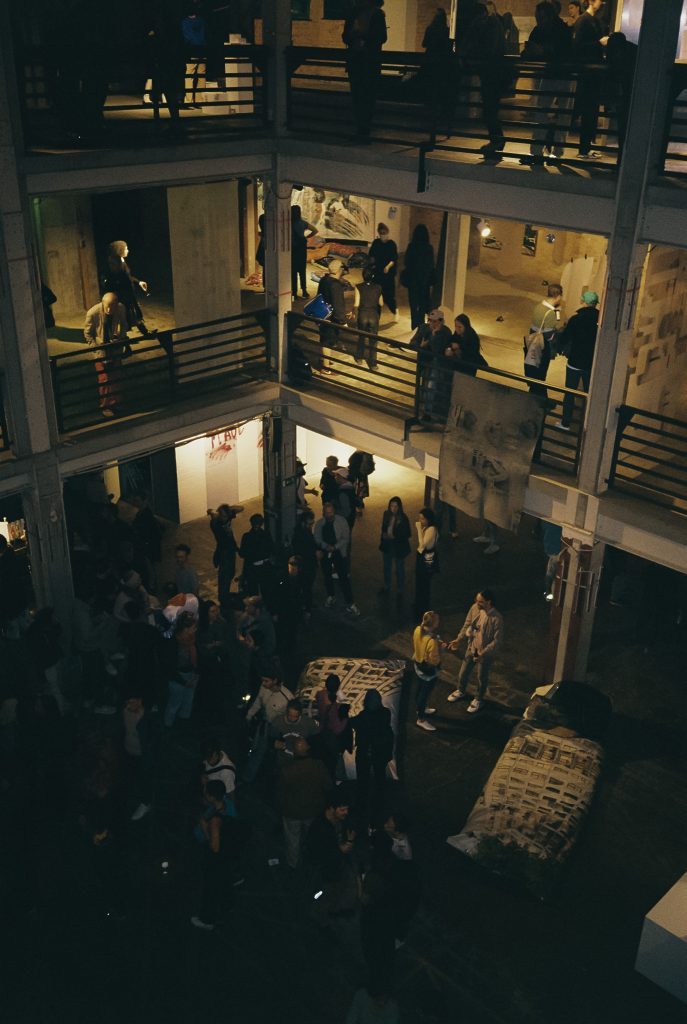
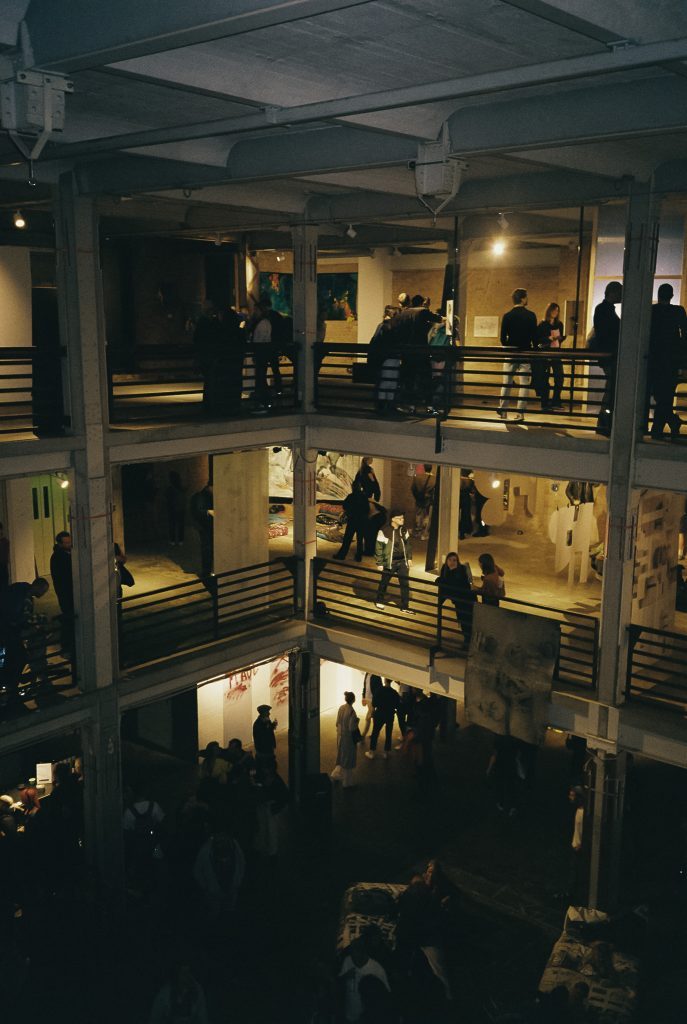
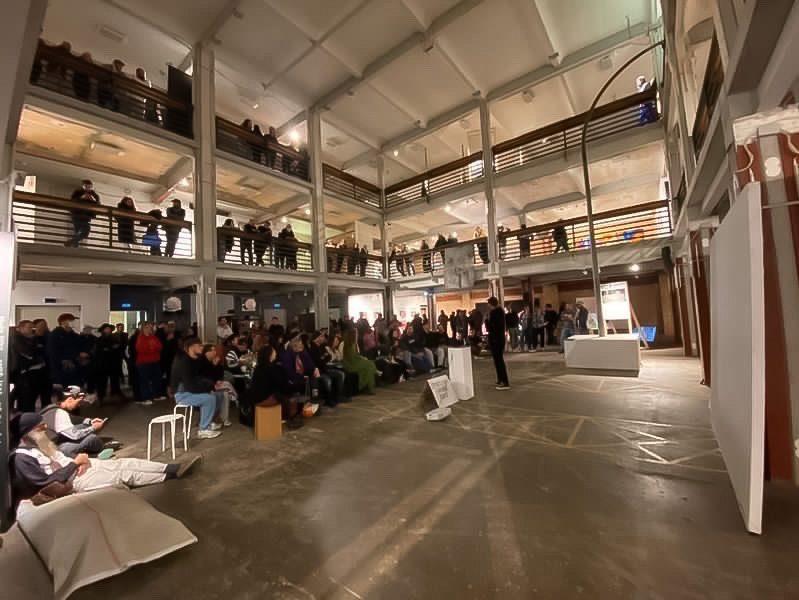
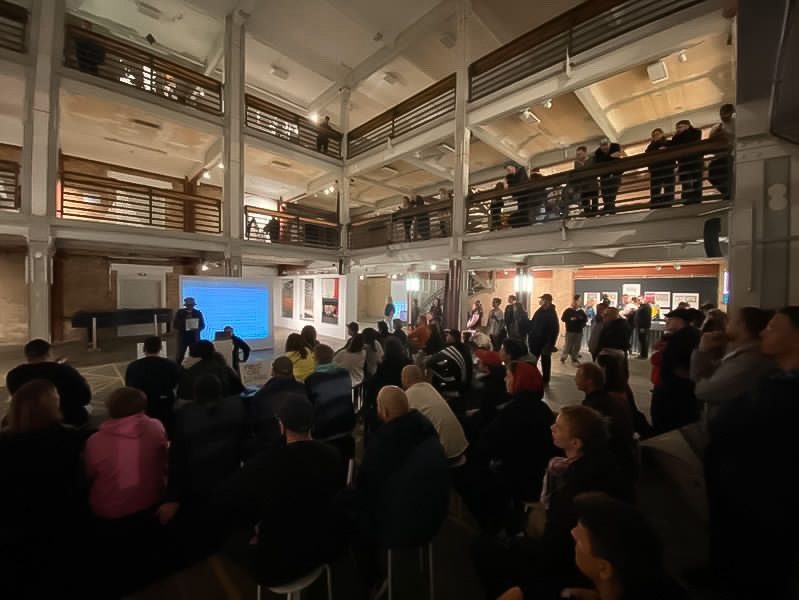
305 views
Categories
Tags:
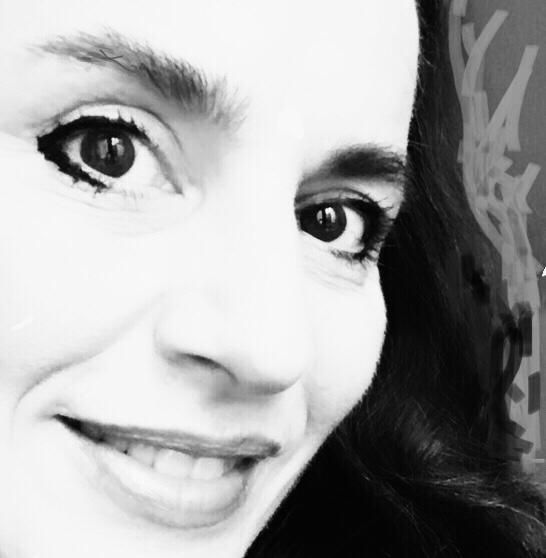

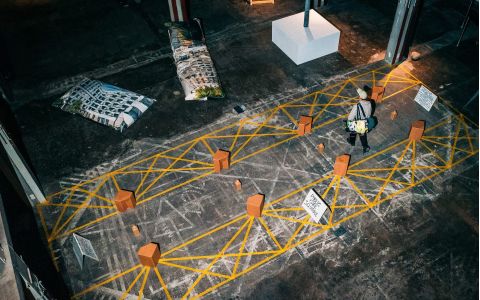
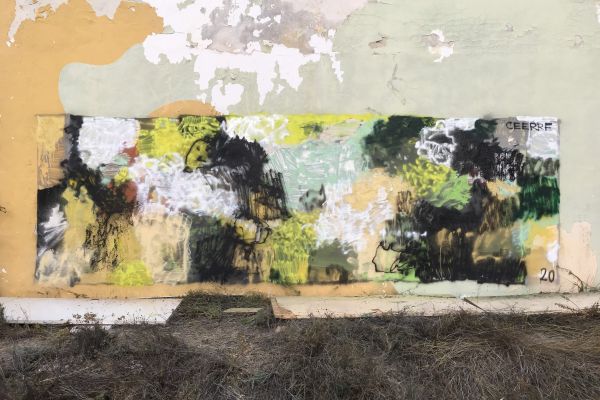
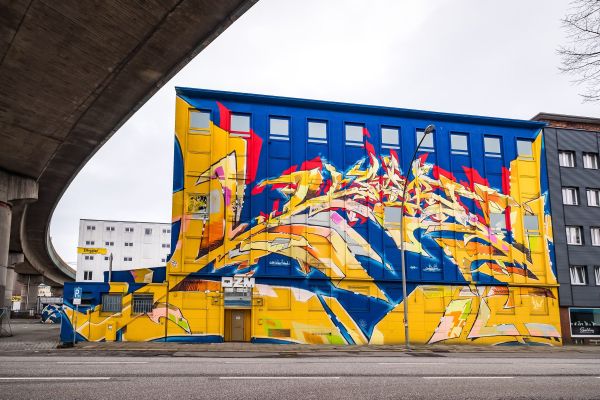
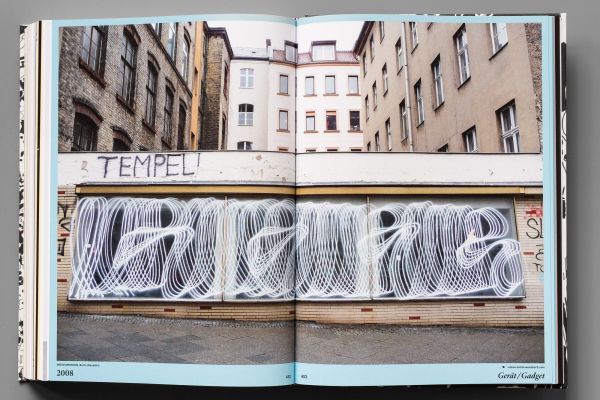
Leave a Reply